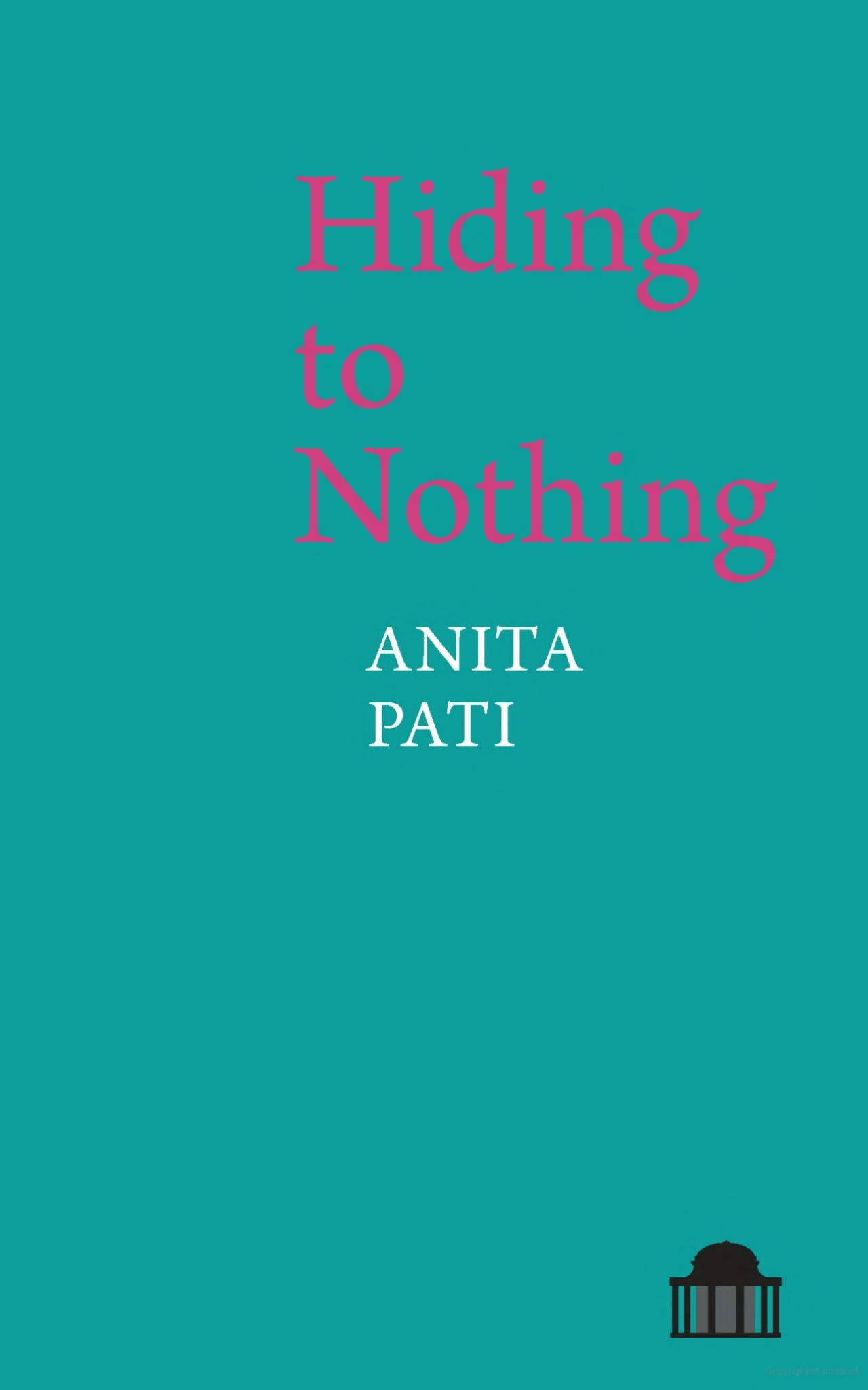Pavilion Poetry
Hiding Nothing
Hiding Nothing
Regular price
£10.99 GBP
Regular price
Sale price
£10.99 GBP
Unit price
per
Tax included.
Shipping calculated at checkout.
Couldn't load pickup availability
Anita Pati's debut collection, Hiding to Nothing, explores the destabilising effects of violence, particularly empire's aftermath, on a psyche. Threaded with internal dialogue, this multi-layered work witnesses how unbelonging can unsettle perceptions of the brown female body within an unwelcoming, even hostile, environment.
From 'exotic' dodos punished for not being doves to Greenface, on whom blonde girls birth natterjack toads, marginal presences tell their stories. Hiding to Nothing suggests that complex and damaging legacies in all their forms can create shockwaves that reverberate over a lifetime, stopping lives from reaching their full potential. And the trauma experienced through centuries of colonial history continues to be embodied and enacted.
These perceptions of body-image and self-worth are picked up in the central documentary sequence, Bloodfruit, which is based on interviews with women. Bloodfruit gives voice to the less heard narratives of infertility and difficult trajectories towards becoming, or not becoming, a 'mother'. Here, the often-fraught notions of womanhood and motherhood are also shown to feed into ideas on who is able to mother.
Pati uses an original, lyrical approach towards the ambiguities and ambivalences that cloud our decisions. Ultimately, ambient aggressions towards our own and other bodies can only be made good by breaking the cycle. Pati unravels compacted pain but those looking for easy answers or redemption will find no compromise here.
From 'exotic' dodos punished for not being doves to Greenface, on whom blonde girls birth natterjack toads, marginal presences tell their stories. Hiding to Nothing suggests that complex and damaging legacies in all their forms can create shockwaves that reverberate over a lifetime, stopping lives from reaching their full potential. And the trauma experienced through centuries of colonial history continues to be embodied and enacted.
These perceptions of body-image and self-worth are picked up in the central documentary sequence, Bloodfruit, which is based on interviews with women. Bloodfruit gives voice to the less heard narratives of infertility and difficult trajectories towards becoming, or not becoming, a 'mother'. Here, the often-fraught notions of womanhood and motherhood are also shown to feed into ideas on who is able to mother.
Pati uses an original, lyrical approach towards the ambiguities and ambivalences that cloud our decisions. Ultimately, ambient aggressions towards our own and other bodies can only be made good by breaking the cycle. Pati unravels compacted pain but those looking for easy answers or redemption will find no compromise here.
Publication Date
Type:
Shipping & Returns
Shipping & Returns


